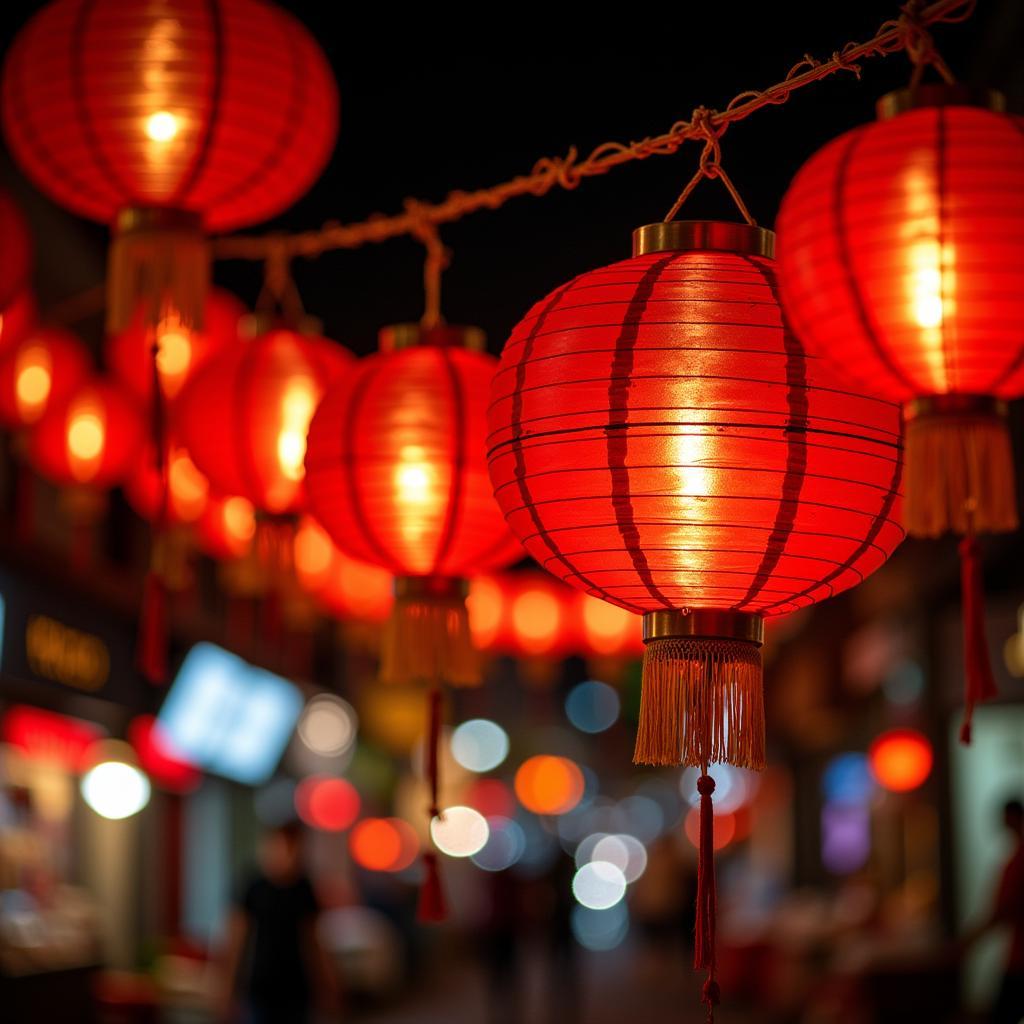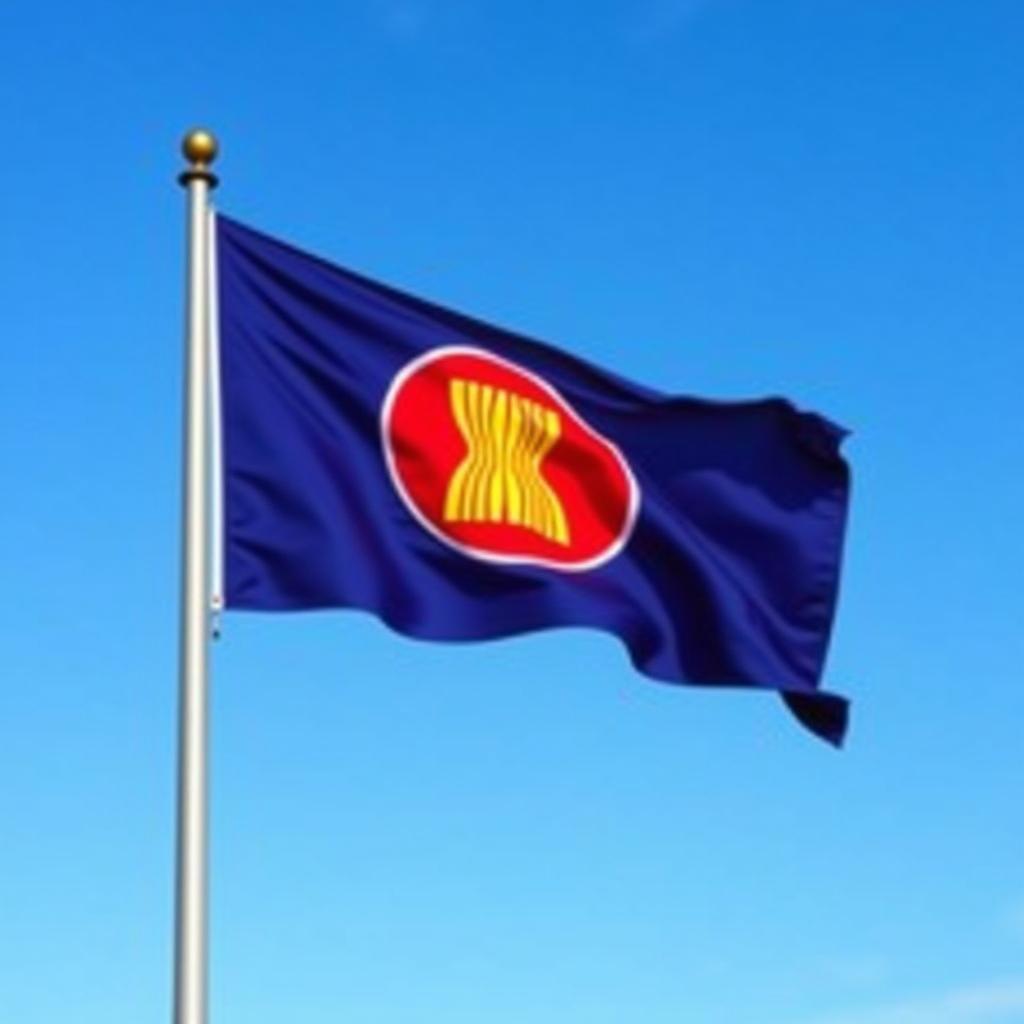The ASEAN palette, a vibrant spectrum of colors, goes beyond mere aesthetics. It reflects the rich tapestry of cultures, beliefs, and traditions that color the diverse landscape of Southeast Asia. From the auspicious hues adorning temples to the symbolic shades woven into national flags, colors in ASEAN hold profound meaning, offering a glimpse into the heart of this dynamic region.
A Kaleidoscope of Symbolism: Deciphering the Colors of ASEAN
Each color in the ASEAN palette whispers tales of history, spirituality, and identity. Understanding their symbolism provides a deeper appreciation for the cultural nuances that unite and diversify the region.
Red: The Color of Passion, Courage, and Celebration
Across ASEAN, red roars with significance. In Indonesia, it represents courage and sacrifice, while in Thailand, it signifies victory and is associated with the god Vishnu. Red also takes center stage in festivities like Chinese New Year, symbolizing prosperity and good fortune.  Red Lanterns in ASEAN
Red Lanterns in ASEAN
Yellow: The Hue of Royalty, Spirituality, and Wisdom
Yellow radiates with regal and spiritual connotations. In Brunei and Thailand, it represents royalty and is reserved for the monarchy. In Buddhism, a prominent religion in Southeast Asia, yellow symbolizes enlightenment and is often seen in monks’ robes.
Blue: Embracing Tranquility, Peace, and Prosperity
Blue embodies peace and tranquility across many cultures, and ASEAN is no exception. In the Philippines, it symbolizes peace, unity, and justice, while in Myanmar, it is associated with the revered Shwedagon Pagoda. In agriculture-dependent societies, blue represents water, a life-giving source, and by extension, prosperity.
Green: A Symbol of Life, Growth, and Harmony
Green, the color of nature, thrives with symbolism in ASEAN. It represents life, growth, and harmony, reflecting the region’s lush landscapes and agricultural heritage. In Islam, a major religion in Southeast Asia, green is considered sacred and symbolizes paradise.
The ASEAN Flag: A Symphony of Unity in Diversity
The ASEAN flag itself is a powerful symbol of the region’s shared identity. The blue represents peace and stability, red embodies dynamism and progress, white signifies purity, and yellow stands for prosperity. The ten rice stalks in the center symbolize the ten Southeast Asian nations bound together in friendship and solidarity.  ASEAN Flag Waving
ASEAN Flag Waving
Beyond the Surface: Colors in Everyday Life
The vibrancy of the ASEAN palette extends far beyond official symbols and permeates everyday life. From the colorful fabrics of traditional clothing to the diverse ingredients used in local cuisine, colors add depth and meaning to the daily experiences of people in Southeast Asia.
Exploring the ASEAN Palette: A Journey of Cultural Discovery
Understanding the significance of colors in ASEAN unlocks a deeper appreciation for the region’s rich cultural heritage. By delving into the symbolism behind the hues, we gain a greater understanding of the values, beliefs, and traditions that shape the lives of people in Southeast Asia.
If you’re looking for resources to further explore the ASEAN color palette, check out our articles on ASE Atom Color and ASE file in Photoshop. For a comprehensive understanding of ASEAN’s visual identity, explore our articles on the ASEAN 2019 logo and ASE Group logo transparent. To learn more about the unifying symbol of the region, read our article on the ASEAN flag.
This journey into the world of ASEAN colors is just the beginning. As you explore Southeast Asia, pay attention to the hues that surround you – they tell stories, convey emotions, and offer a glimpse into the soul of this captivating region.

